Mon 21 Jun 2021 beginning at 5:42 AM PST and continuing for 24 hours
Virtual Event
T.V. to See the Sky: Inspired by Yoko Ono’s work SKY T.V.
-
Yoko Ono
Artist
T.V. to See the Sky is inspired by Yoko Ono’s second conceptualization of SKY T.V. in 1967 for the Lisson Gallery, which she described as “a T.V. just to see the sky. Different channels for different skies, high-up sky, low sky, etc.” SKY T.V. from 1966 (furniture piece) was a video sculpture described by Ono as “a closed circuit T.V. set up in the gallery for looking at the sky”. It broadcasts a live video feed of the sky from above the building where it was installed — a way to bring the sky inside, even if a space lacked windows. In collaboration with Yoko Ono, the Getty Research Institute and the Feminist Center for Creative Work will present a 24-hour video streaming of the sky via Zoom. A network of international institutions will participate in a live broadcast of the sky transmitted to audiences at home. At a time of profound revolution and reflection, a time of restricted travel but great desire for connection, we seek to draw upon Ono’s invocation of the sky as a space of generative possibility and renewal as well as a territory beyond the reach of capital and ownership.
The event takes place on Monday 21 June 2021 beginning at sunrise, 5:42 am PST, and continuing for 24 hours, to coincide with and celebrate the Solstice and the Strawberry Moon Eclipse (June 20-24).
Registration link for attendees: https://zoom.us/webinar/register/WN_SRK9XUXLSQOd0lQi35yWWQ
This will be the first time that T.V. to See the Sky has been actualized, and the Belkin will join the hundreds of organizations participating in this iteration of the work with a camera trained on the sky above the gallery, viewable through the Zoom link for the world to see. Ono imagined T.V. to See the Sky as a score; event scores are descriptive instructions for actions to perform everyday activities such as seeing the sky either by the author or by someone else.
Image (above): The sky above Los Angeles. Courtesy of the Hirshhorn Museum and Sculpture Garden
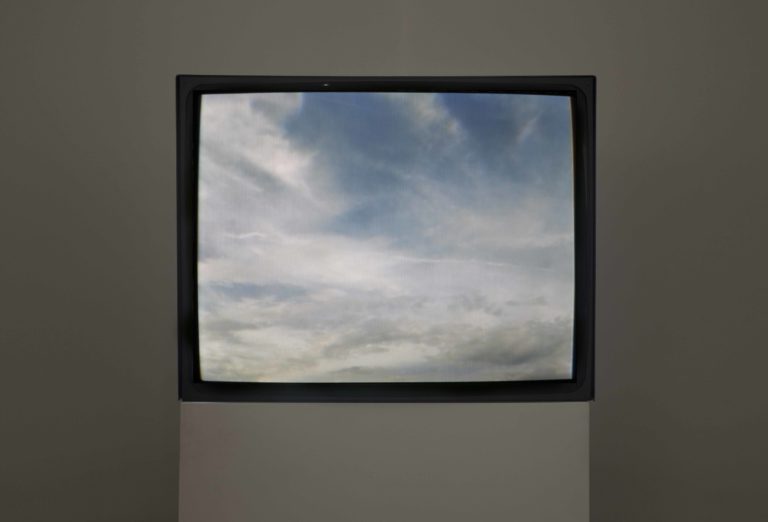
Yoko Ono, Sky TV for Washington, 1966/2014, closed-circuit video installation, dimensions variable. Collection of the Hirshhorn Museum and Sculpture Garden, Joseph H. Hirshhorn Purchase Fund, 2016. Photo: William Andrews
-
Yoko Ono
Artist
Related
-
Event
Everything This Changes
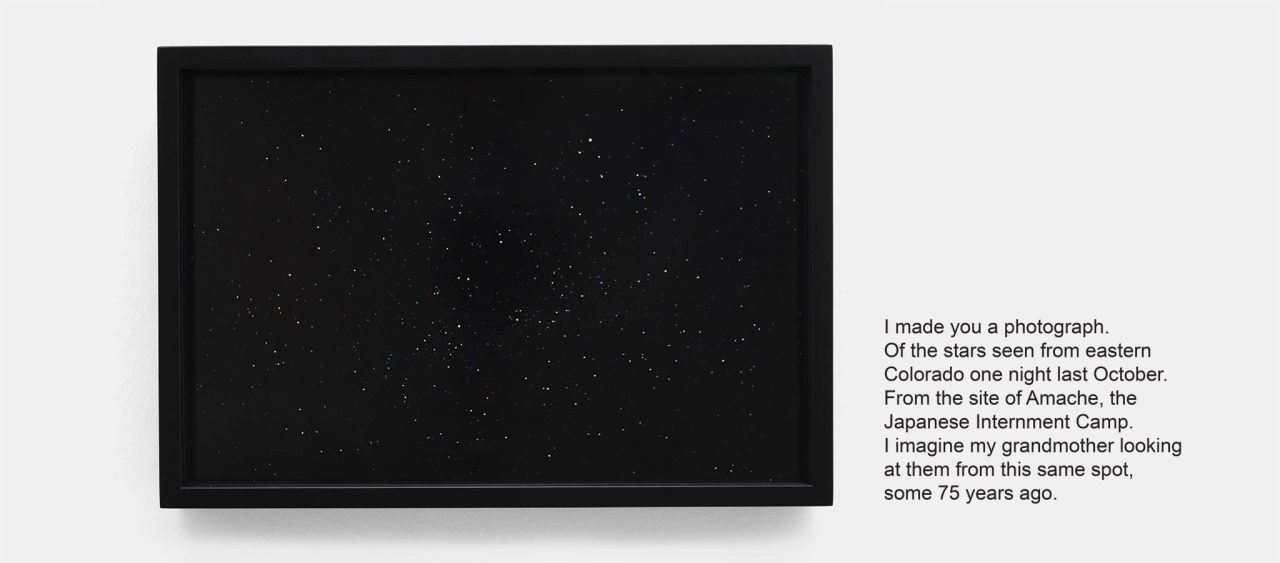
Everything This Changes is programming initiated in response to the COVID-19 pandemic that has shut the doors of galleries and many businesses while keeping most of us working at home. Everything This Changes adds to the Belkin’s online presence as a platform for works of art, research projects, podcasts, interviews, conversations and events. One of our tasks is to explore new relationships and possibilities between embodiment, especially in social space, and the disembodied lives we lead on screen. This relationship has been the subject of critique and speculation since the invention of the telephone and radio. In what ways have artists and thinkers prepared us for thinking about the present crisis? Or to put it another way, how does the present crisis change the way we see and read?
[more] -
News
24 Apr 2020
Belkin Home Delivery
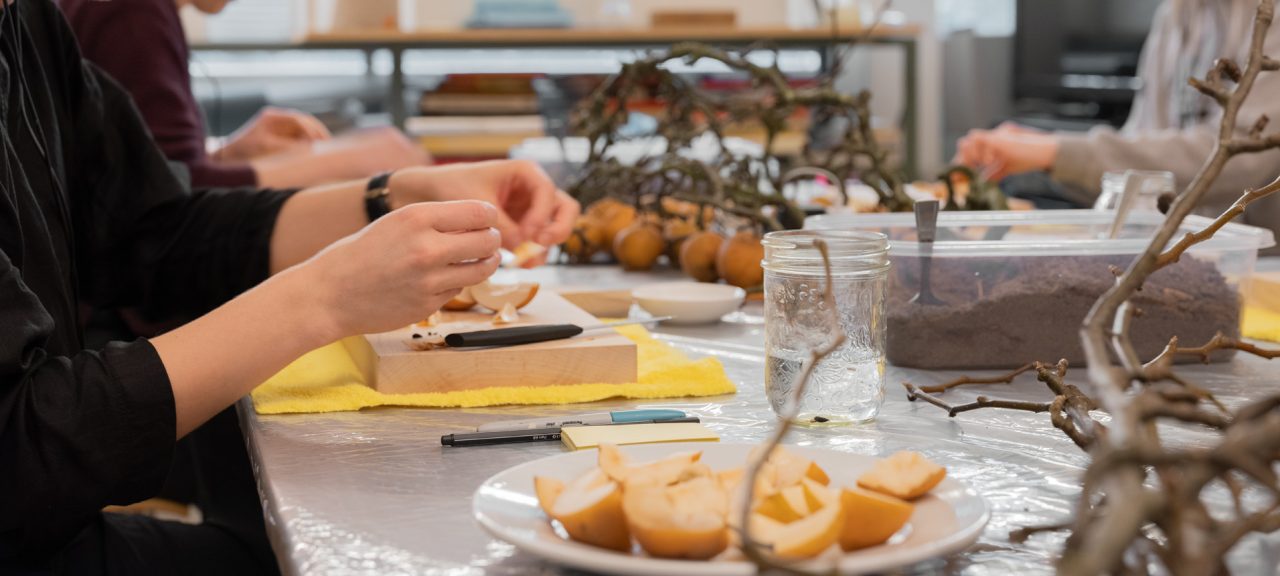
Like most of the world right now, the Belkin is looking at the way we work and wondering how to move forward in this moment of unprecedented change. We are looking at the world through a different lens now – the texts we’ve read are no longer relevant in the same way; the ways we have been working will be forever changed. We’re asking ourselves, what will the art world look like when this is over? How does cultural work proceed when we move to virtual space? What is the status of our collective experience? How are artists imagining production and practice in their changed material conditions? What does intimacy look like? Until we can welcome you back in person, here are just a few ways to connect with us and share our common (and unique) responses to this moment.
[more] -
Exhibition
18 Jun – 22 Aug 2021
Image Bank
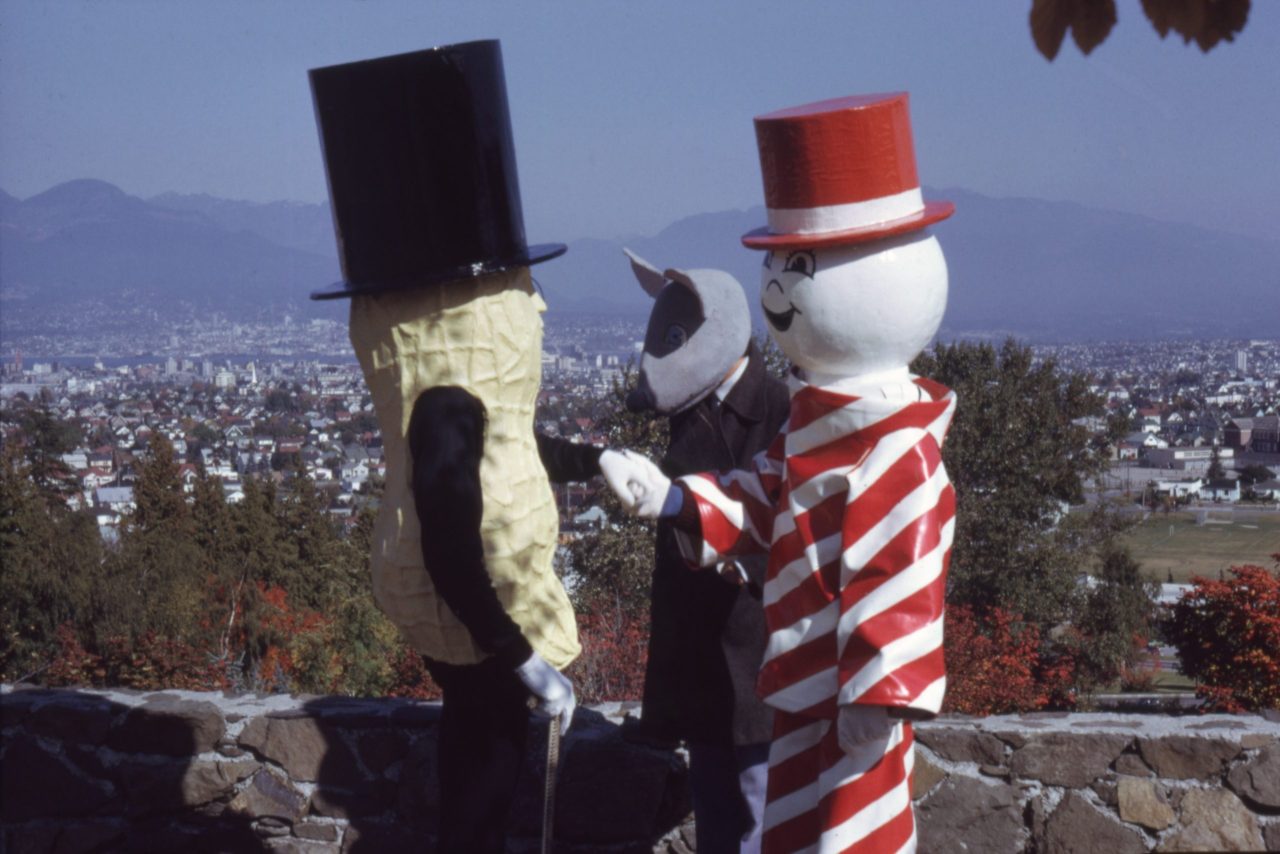
Image Bank explores the artistic collaboration of Michael Morris and Vincent Trasov with others, including their most spectacular works – extended performances with props, such as Colour Bar Research (1970-78) and Mr. Peanut’s mayoralty campaign (1974) – alongside their extensive mail-art exchanges with other networkers such as Robert Filliou, Ant Farm and Ray Johnson’s New York Correspondence School. The Peanut campaign, in which Vincent Trasov as Mr. Peanut ran for mayor of Vancouver, mobilized the artists associated with the newly founded artist-run centre, the Western Front (est. 1973) and the exhibition includes many collaborations with and amongst these artists (Martin Bartlett, Hank Bull, Kate Craig, General Idea, Gary Lee-Nova, Glenn Lewis, Eric Metcalfe, John Mitchell and others). The exhibition pulls films, photographs, drawings, collages and other ephemera from the Belkin’s Morris/Trasov Archive to track the collaborative history of Image Bank. Founded in 1970 and lasting to 1978, Image Bank was a project initiated by Michael Morris, Vincent Trasov and Gary Lee-Nova that originated when they were all associated with the legendary Vancouver artist-run centre Intermedia. The exhibition reflects on a period of optimism where artists envisioned a non-hierarchical alternative to the world of art galleries and museums, where images and ideas could be freely exchanged through the international postal system thereby creating an open-ended and decentralized method of networking that presages social media.
[more] -
Event
18 Jun - 22 Aug 2021
Image Bank: Image Request List 2021
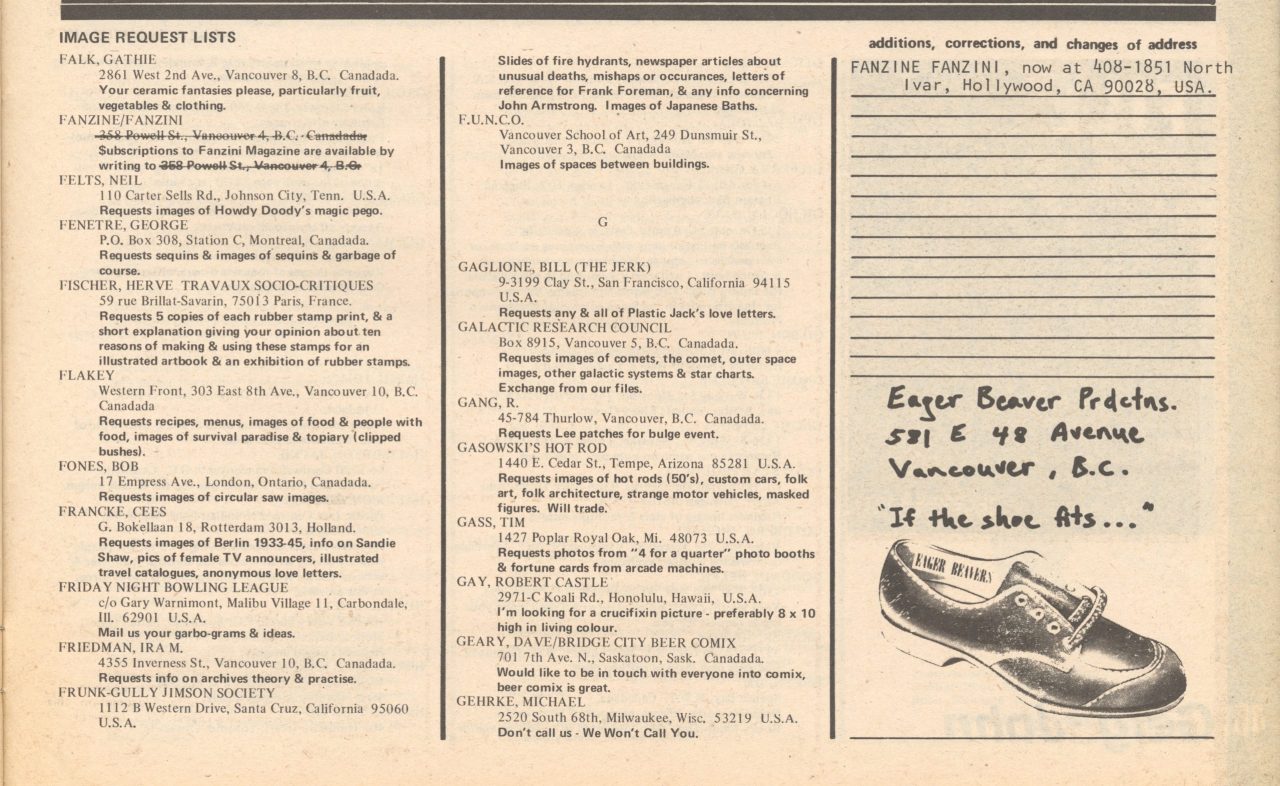
The International Image Exchange Directory (1972) and the Image Request Lists published in General Idea’s FILE Megazine (1974) are Image Bank’s most consequential works in the eyes of Michael Morris and Vincent Trasov. These directories established an international network for the exchange of mail as artworks.
[more]